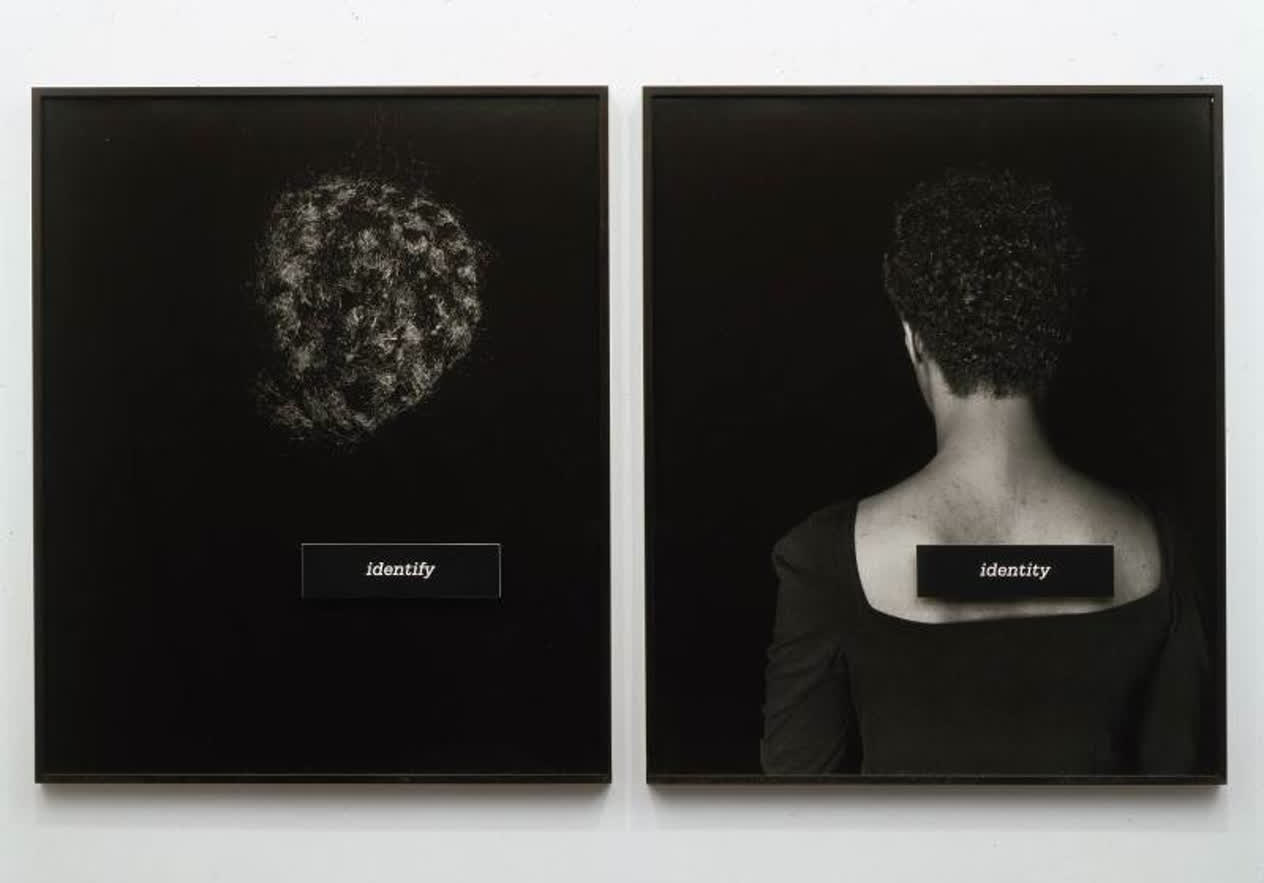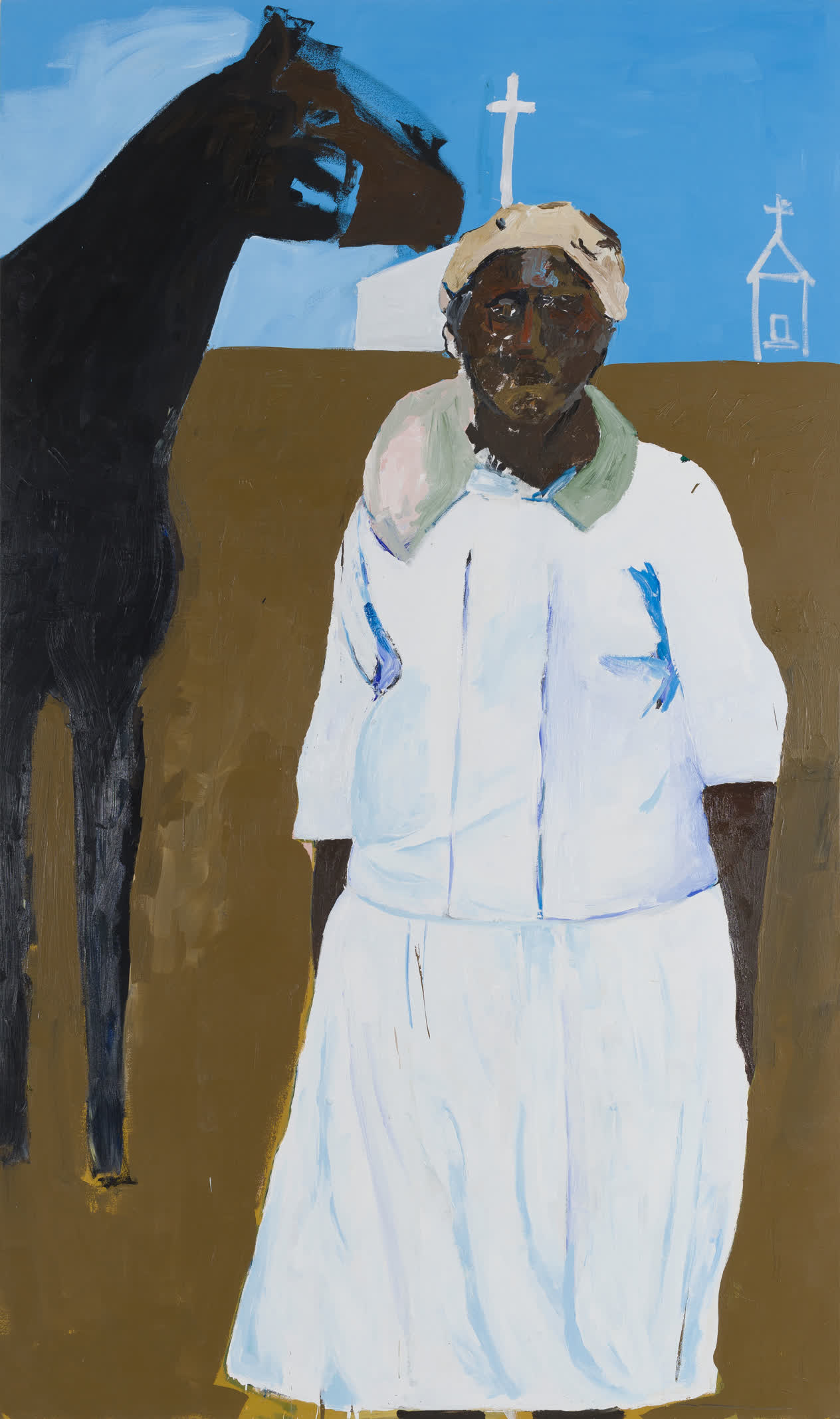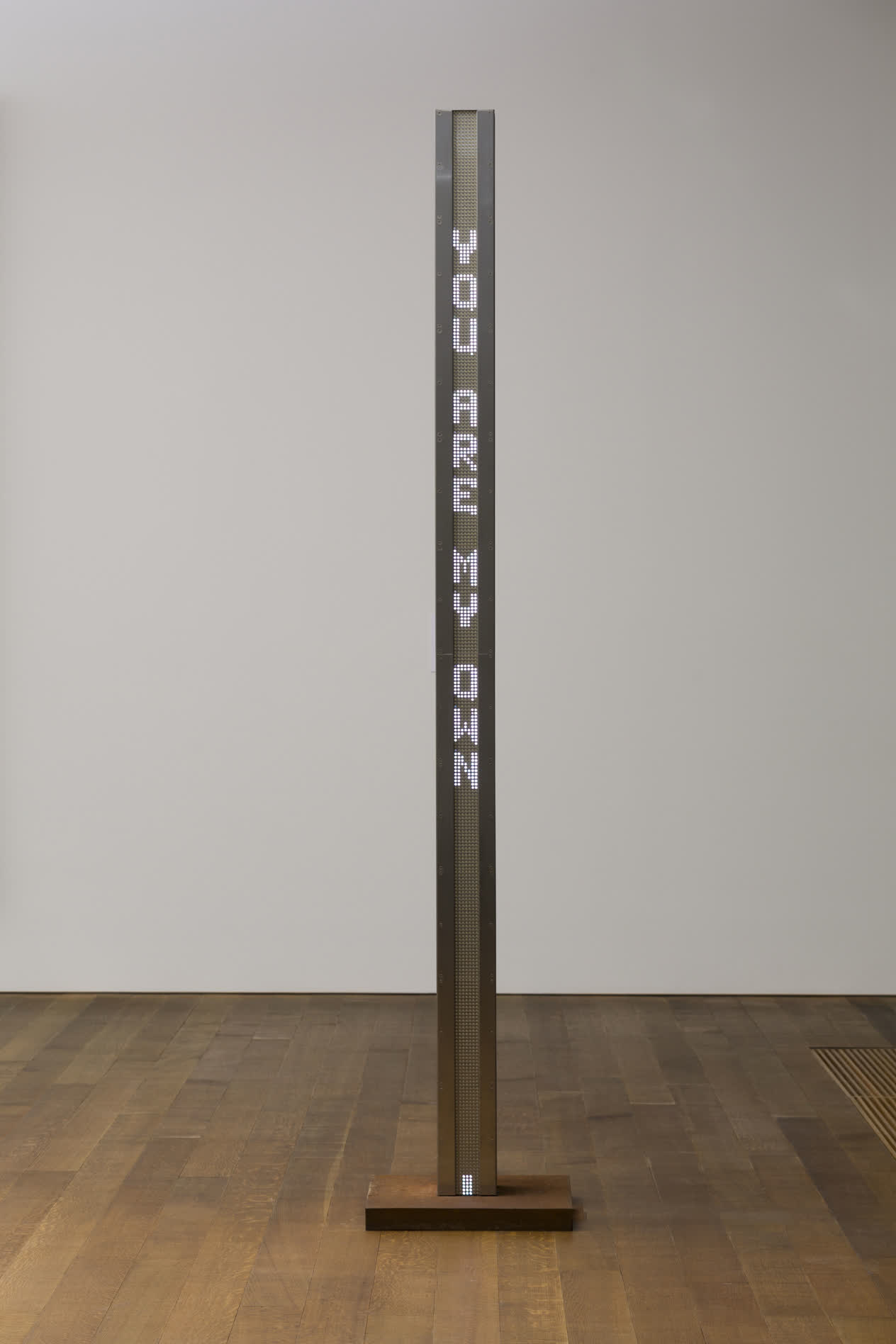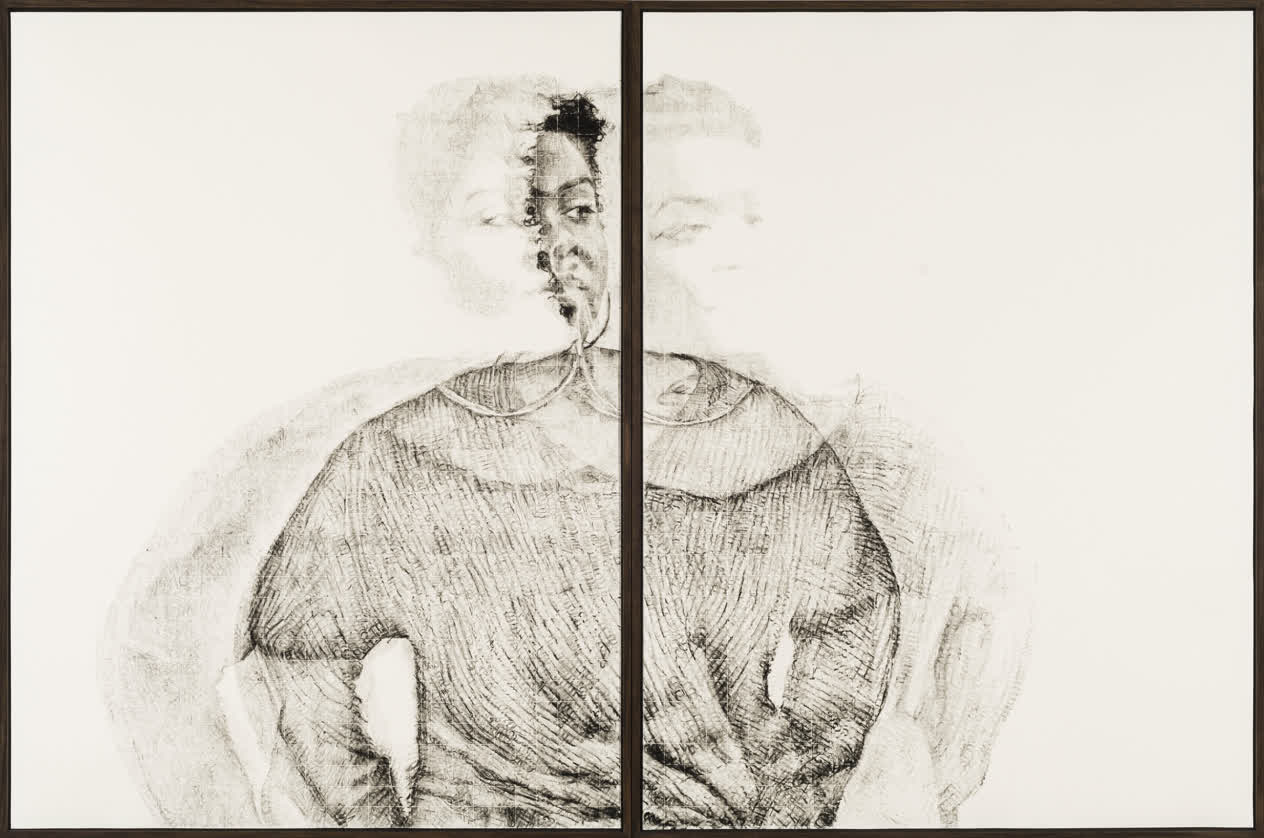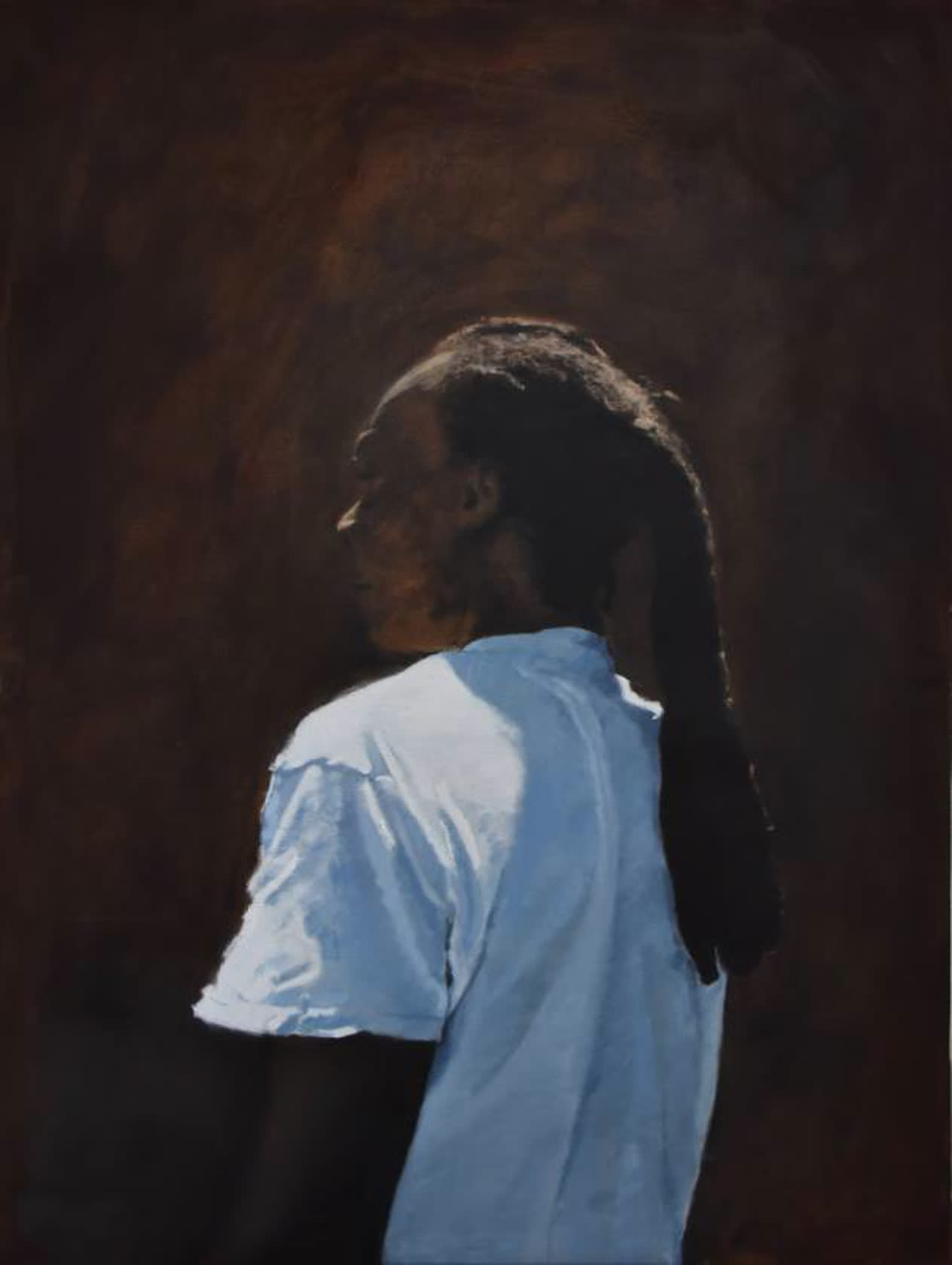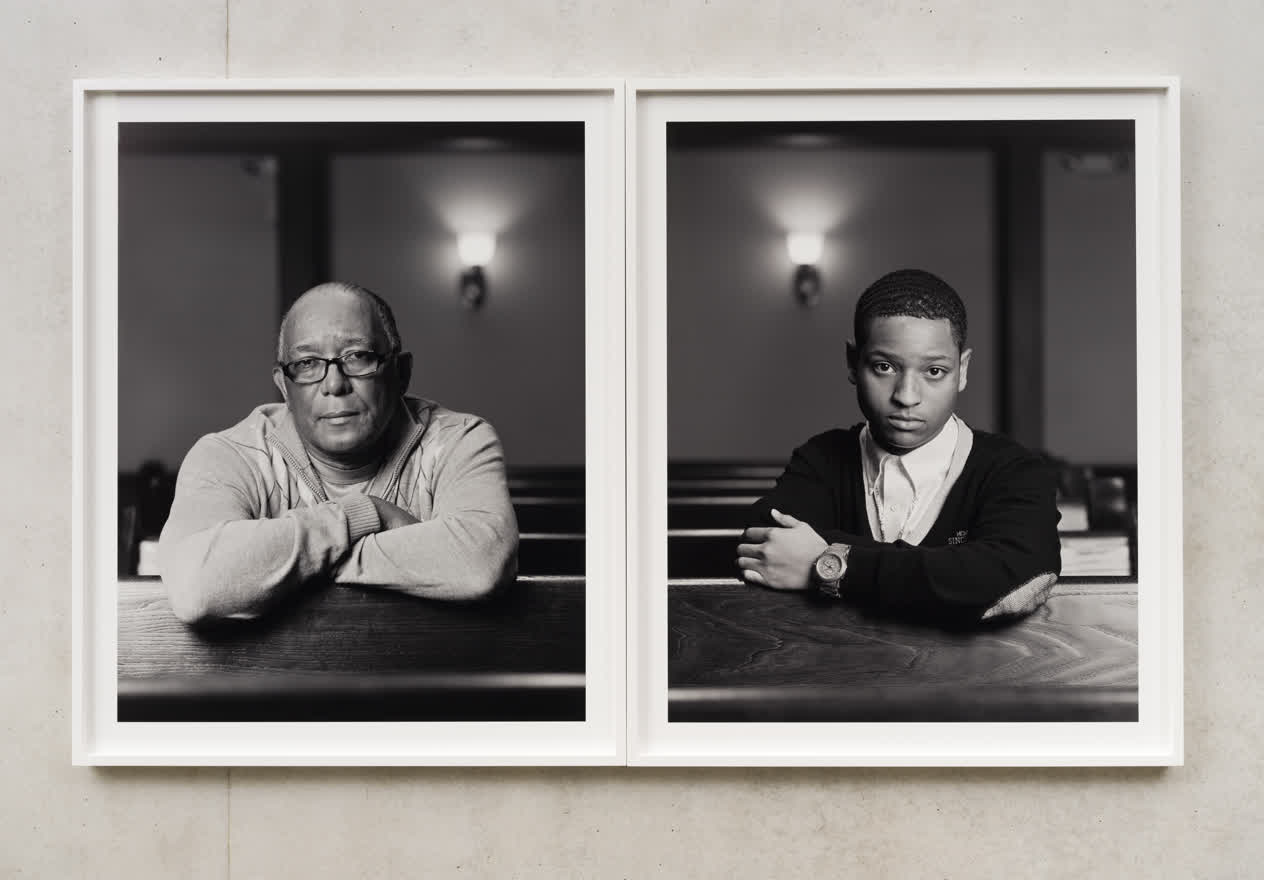Sam Gilliam Basque 1 Range 1970
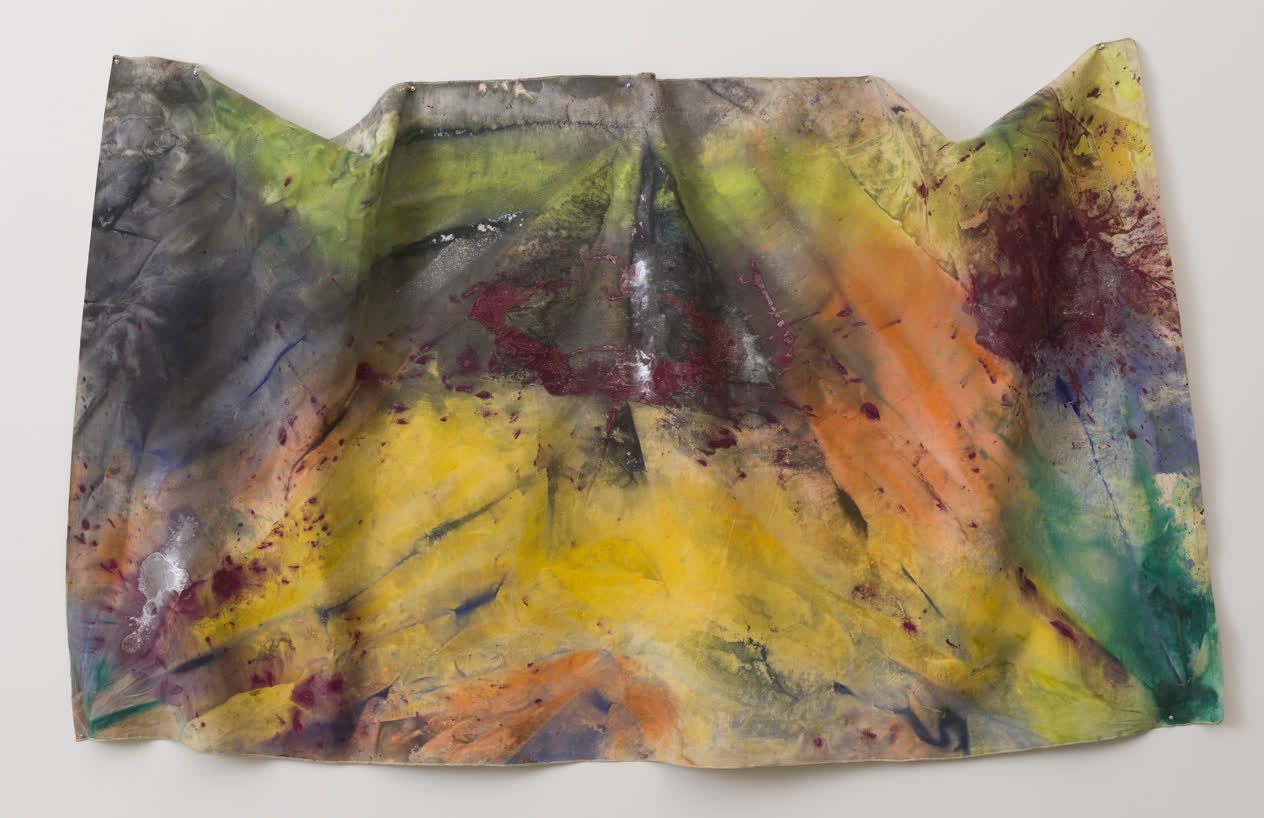
© 2022 Sam Gilliam / Artists Rights Society (ARS), New York

Sam Gilliam first established himself as a major figure in contemporary art in 1968 when—inspired by the sight of laundry hanging outside his Washington studio—he jettisoned the wooden stretcher bars of his paintings, allowing his vividly color-stained canvases to hang in space along the wall or from the ceiling, or to be arranged directly on the floor. In this way, Gilliam introduced a sculptural, third dimension in painting, while also engaging the surrounding architecture. Gilliam’s idea that modernist painting could be sculptural, and moreover, theatrical, radically distinguished him from his contemporaries, including Minimalists Donald Judd and Robert Morris, color-field painter Helen Frankenthaler, and fellow artists associated with the Washington Color School, such as Morris Louis and Kenneth Noland.
Identification
Title
Basque 1 Range
Production Date
1970
Object Number
2010.2
Credit Line
Collection Pérez Art Museum Miami, gift of Steven and Kathleen Guttman
Copyright
© 2022 Sam Gilliam / Artists Rights Society (ARS), New York
https://www.pamm.org/en/artwork/2010.2
Copy artwork link
Physical Qualities
Medium
Acrylic with aluminum on canvas
Dimensions
67 x 118 inches
Visual Description
Basque 1 Range, by Sam Gilliam is acrylic with aluminum on canvas created in 1970. The piece is approximately five and a half feet tall, and ten feet wide. It is hung in a landscape orientation meaning that its longest side runs parallel to the floor. Basque 1 Range is an example of an abstract painting, meaning that it does not attempt to represent an accurate depiction of a visual reality but instead use shapes, colors, forms and gestural marks to achieve its effect. While it is a canvas painting, it is not stretched on wooden stretcher frames. It is hung on the wall in a manner that is somewhat three dimensional with some areas that are folded and bunched coming off the wall and towards the viewer. The painting is roughly divided into a top and bottom half, along the middle of the painting.
Across the top edge of the painting, a bit of the beige canvas peeks from behind the faint indigo and midnight-blue folds in the top left corner of the piece. Moving from left to right, a band of light green moves across the vertical centerline of the canvas. The green bar turns yellow as it moves toward the right side of the painting, where it is splattered by splotches of crimson paint. Underneath the crimson and yellow, there is a field of soft orange that follows the folds of the canvas. There are various shades of grey as if some of the pigment settled into the creases of the folds, and did not access hidden parts of the canvas’ surface.
Most of the bottom half of the painting consists of a large field of yellow. Traces of web-like grey and violet lines rise from the bottom left and right corners. These lines rise at forty-five-degree angles to meet in the center of the canvas, to form a rough outline of a triangle that insinuates itself, without its corners or lines fully connecting. Along the bottom left corner of the painting are tiny traces of green extending half a foot in a forty-five-degree angle from the left corner. To the right of the yellow pyramid is a foot length section of raw canvas, sprinkled with purple droplets.








